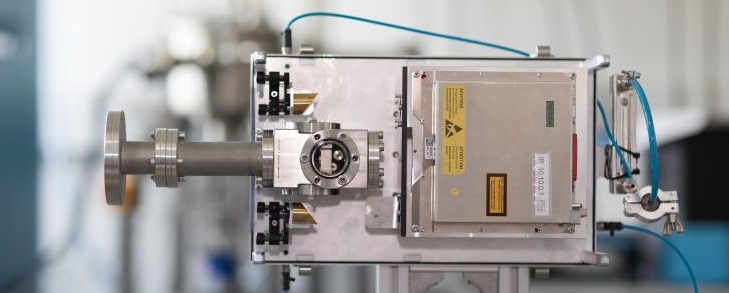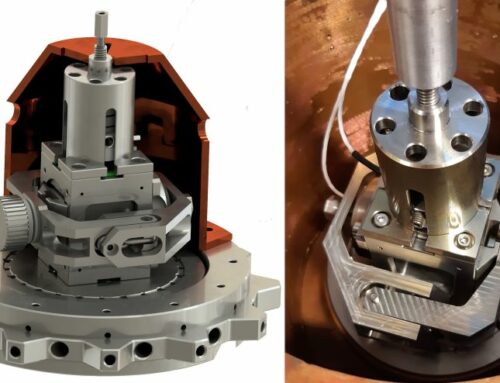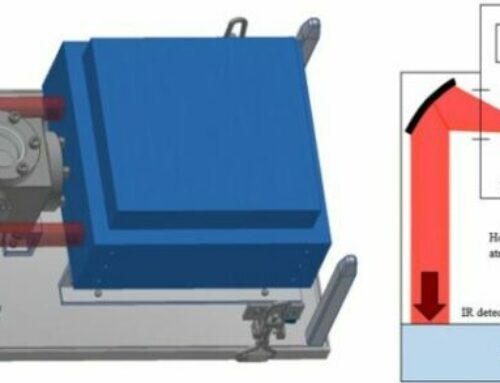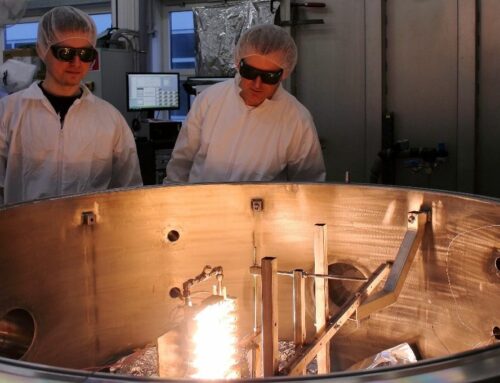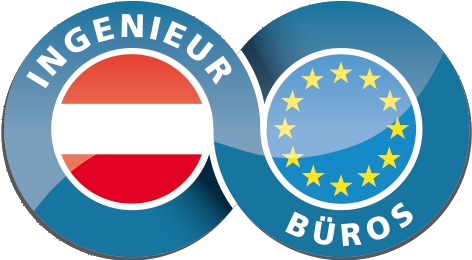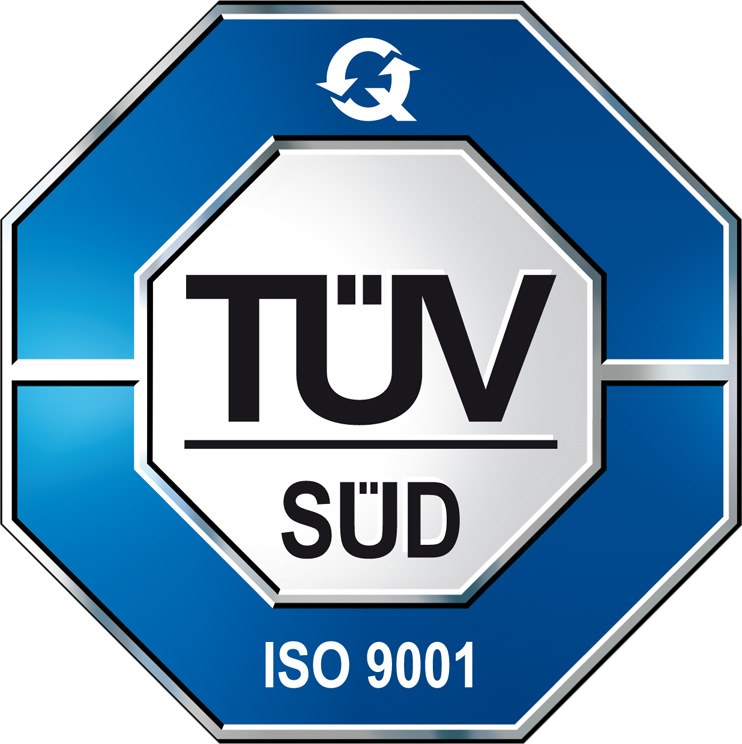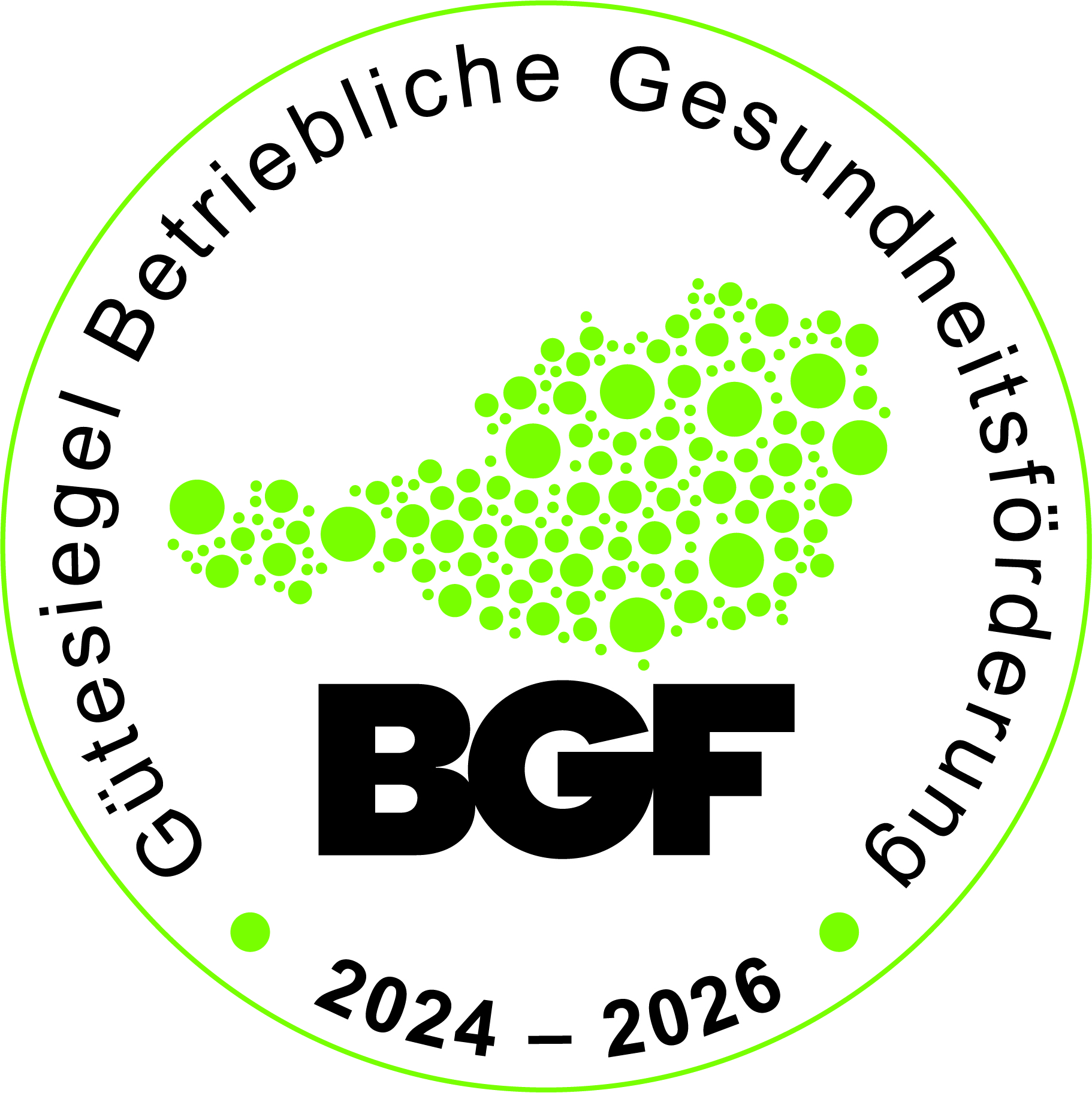Outgassing of materials in vacuum is often treated neglectfully. Typically, only one side of the equation is considered, such as the loss of oil in a bearing. However, the potentially fatal consequences of oil resublimation onto an optical instrument may be ignored. – There is no one in space to wipe down a lens that has a hazy film of oil on it.
As a rule of thumb, warm surfaces are more likely to outgas than cold surfaces and cold surfaces are more likely to trap volatiles than warm surfaces.
Outgassing can be a slow process, typically involving diffusion and sublimation. E.g.: Coated CFK sheets can trap water for years, meaning they also outgas for years in vacuum.
It’s not only the material …
Not only new materials have to be tested carefully for outgassing and redeposition, but also new production techniques of well-known materials. It is important to determine if 3D printed materials have the same outgassing behavior as conventionally machined materials. Additionally, it should be considered whether volatiles are added to increase the printability of materials. Porosity can increase the surface area and lead to higher outgassing rates than expected.
How easy it is to find out …
There are various methods to determine outgassing behavior and redeposition of outgassed material. We recommend to test the material as initial step in accordance with ECSS-Q-ST-70-02. This standard provides values for:
- total mass loss (TML)
- recovered mass loss (RML)
- collected volatile condensable material (CVCM).
Standardisation allows for easy comparison of material performance and the test can be conducted in a cost and time efficient manner.
We advise to conduct an advanced outgassing test on materials or small mechanisms to have a detailed characterization of outgassing and redeposition behavior. This test involves:
- measuring mass loss using a vacuum balance
- determining outgassing volatiles with a residual gas analyzer (RGA)
- measuring condensed volatiles with a thermal quartz crystal microbalance (TQCM)
- identifying the type of condensed material using infrared-reflection-absorption-spectroscopy (IRRAS)
All this in only one test run in thermal vacuum to simulate mission profiles or find the boundary conditions of materials.
Fully assembled mechanism or even small satellites may run through a bakeout procedure, where:
- TQCM
- cold traps
- RGA
monitor the outgassing behavior in hot and cold vacuum environment.
From design to final assembly
AAC offers all of these test methods, providing our customers with comprehensive support throughout their development process . Participating in ESA, EU, and national funded projects not only keeps us up to date but also enhances our competencies in outgassing matters.
Outgassing testing in space environment offered by AAC
Interested in more information or measurement of cold welding? Get in touch with our team of experts at office@aac-research.at or visit us at Aerospace & Advanced Composites: Space Engineering & Technology

